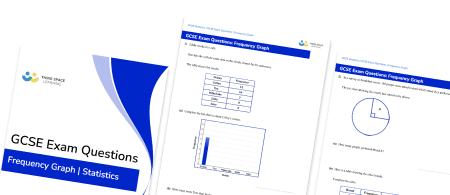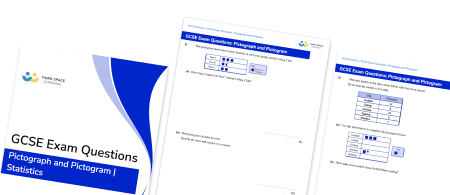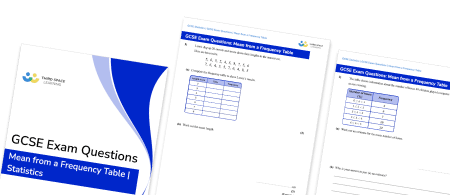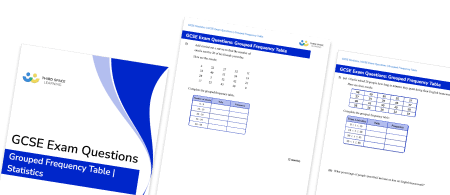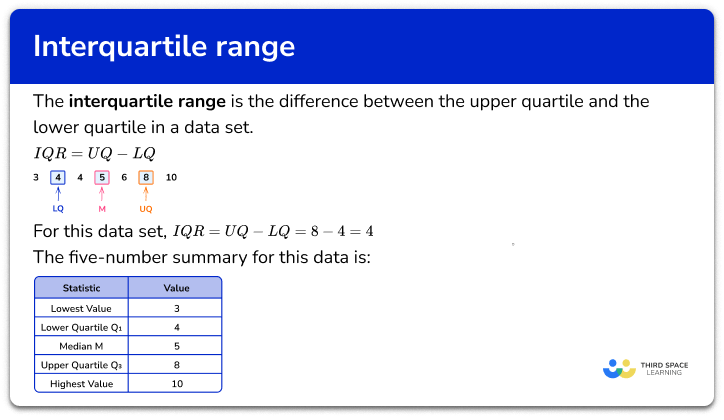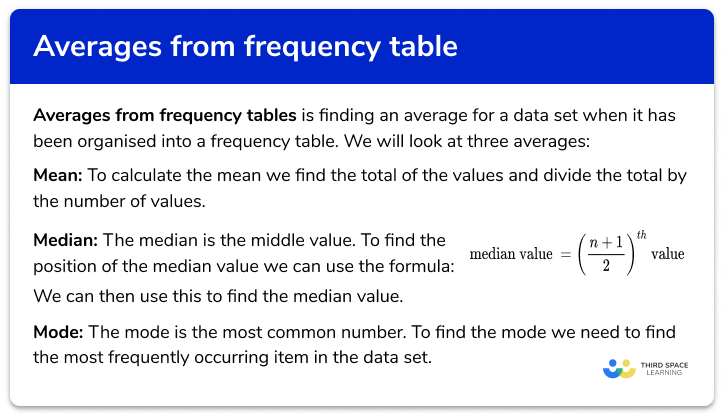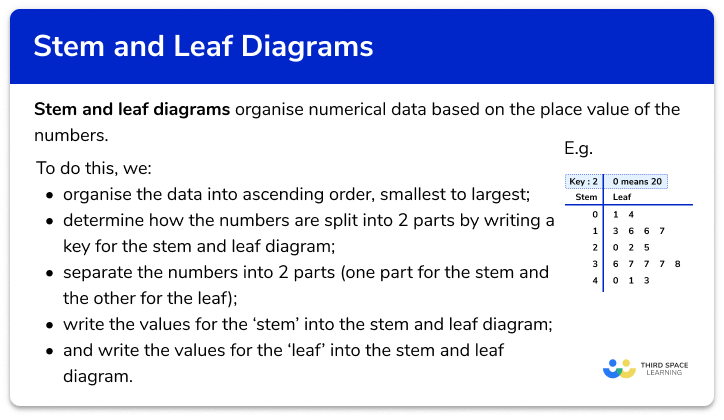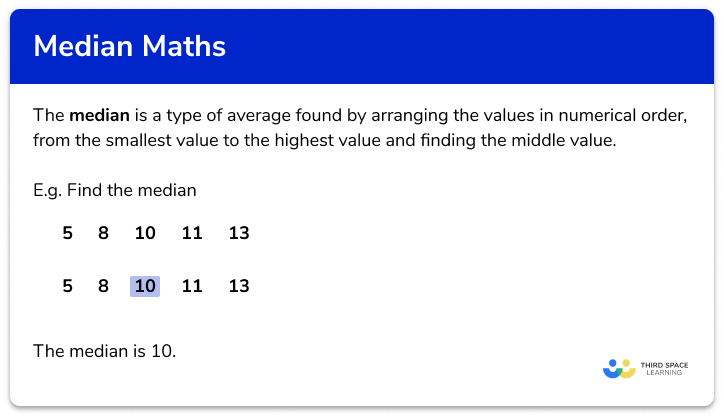FREE DOWNLOAD
Time Series Graphs Worksheet

Help your students prepare for their Maths GCSE with this free time series graphs worksheet of 18 questions and answers
- Section 1 of the time series graphs worksheet contains 11 skills-based time series graphs questions, in 3 groups to support differentiation
- Section 2 contains 4 applied time series graphs questions with a mix of worded problems and deeper problem solving questions
- Section 3 contains 3 foundation and higher level GCSE exam style time series graphs questions
- Answers and a mark scheme for all time series graphs questions are provided
- Questions follow variation theory with plenty of opportunities for students to work independently at their own level
- All questions created by fully qualified expert secondary maths teachers
Suitable for GCSE maths revision for AQA, OCR and Edexcel exam boards
Time series graphs at a glance
A time series graph (or time graph) is a line graph showing the changes in one variable over time. The time period (e.g. days, weeks, years) is marked on the x axis, and the variable values are marked on the y axis. Coordinate pairs are plotted and then joined with straight line segments.
Time series data is easier to interpret if we draw a time series graph as they can help to visualise fluctuations in temperature, interest rate percentages for a bank, or the number of sales for a company. We can look at seasonality of data, and recognise trends. Two graphs can be plotted on the same set of axes, making it easier to compare data sets.
While moving averages are no longer required at GCSE they can provide students with practice on calculating averages and enrich their ability to interpret graphs.
Looking forward, students can then progress to additional Statistics worksheets, for example the mean, median, mode and range worksheet, the frequency graphs worksheet, or the line graphs worksheet.
For more teaching and learning support on Statistics our GCSE maths lessons provide step by step support for all GCSE maths concepts.
Do you have students who need additional support?

With Third Space Learning's secondary maths tutoring programmes, students in Year 7-11 receive regular one to one maths tutoring to address gaps, build confidence and boost progress.
"My confidence in the tutoring is high. We've had some phenomenal results. I even had one girl get a Grade 8 this year; she came to every tutoring session."
Stacey Atkins, Maths Director, Outwood Grange Academies Trust

